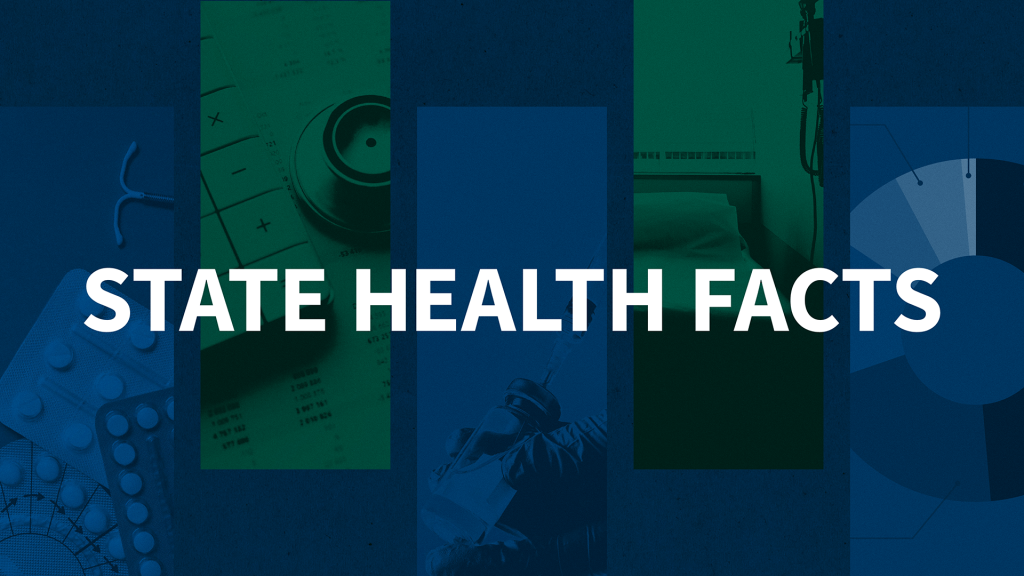5 Key Facts About Medicaid Program Integrity – Fraud, Waste, Abuse and Improper Payments
Program integrity efforts work to prevent and detect fraud, waste, and abuse, to increase program transparency and accountability, and to recover improperly used funds. This brief explains what is known about improper payments and fraud and abuse in Medicaid and describes ongoing state and federal actions to address program integrity.
